
glycemic index quinoa
Quinoa (unprepared): Calories and Nutritional info. 100 grams of quinoa (unprepared) contain 368 kcal (1540 kJ), 14.1 grams of proteins, 57.1 grams of carbohydrates, and 6.0 grams of fats.

glycemic index quinoa
This means that quinoa can be particularly beneficial for people with diabetes, since fiber and protein are considered important for keeping blood sugar under control. Managing total carbohydrate.

Glycemic Index Profiling of Quinoa (Chenopodium quinoa Willd) Variety Semantic Scholar
Low-glycemic foods are always recommended as they have a good amount of fiber. A serving size of 150 grams of quinoa contains approximately 32 grams of carbs (that includes 1 gram of sugar) rates a 53 on the GI. This is not the lowest level you can get, but it does place the grain firmly into the lower region of the glycemic index.

Quinoa & the Glycemic Index
The GI (glycemic index) of quinoa is 53, which means it's a low-GI food. By comparison, the GI of white rice is roughly 73, while brown rice has a GI of 68. Potatoes have a high GI because they contain starch; their average value is 78 grams per 100 grams (g/100g). Pasta averages between 43-61 g/100g, and whole grain bread are usually 74 g/100g.
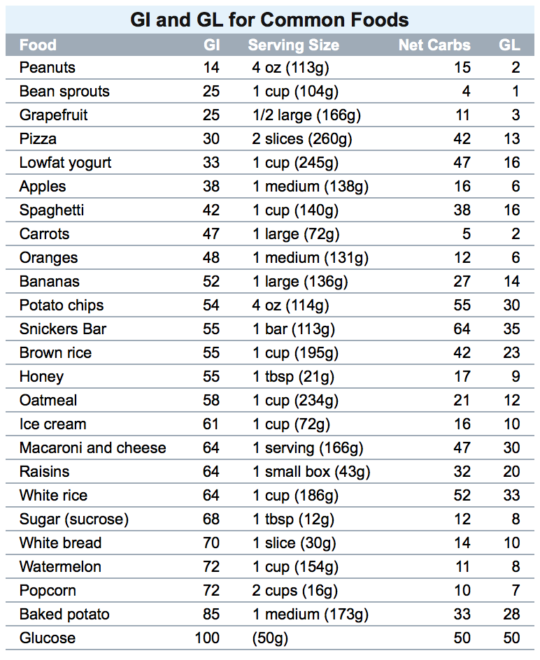
Quinoa Diabetes Glycemic Index DiabetesWalls
Glycemic Index Comparison. Quinoa has a lower glycemic index compared to most types of rice. This means that quinoa causes a slower and more gradual rise in blood sugar levels compared to rice. Choosing quinoa over rice can be beneficial for individuals with diabetes or those looking to manage their blood sugar levels.
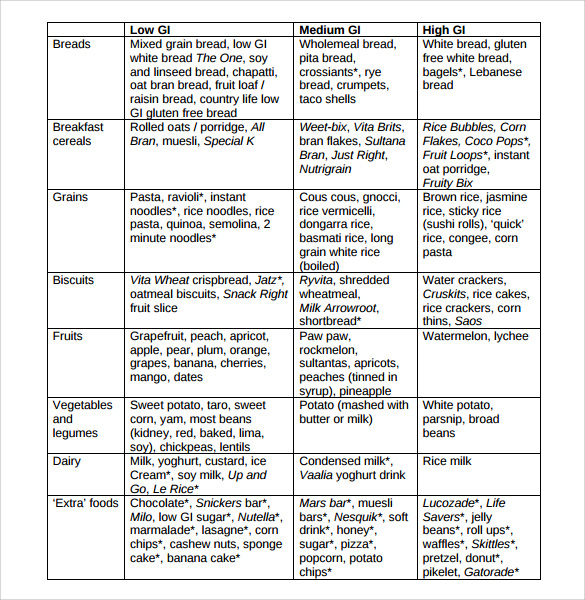
FREE 7+ Sample Glycemic Index Chart Templates in PDF
Quinoa is a healthy pseudocereal that is much more nutritious than other cereal products. A new Nutrients journal study reports the ability of quinoa to normalize glucose metabolism in the body.
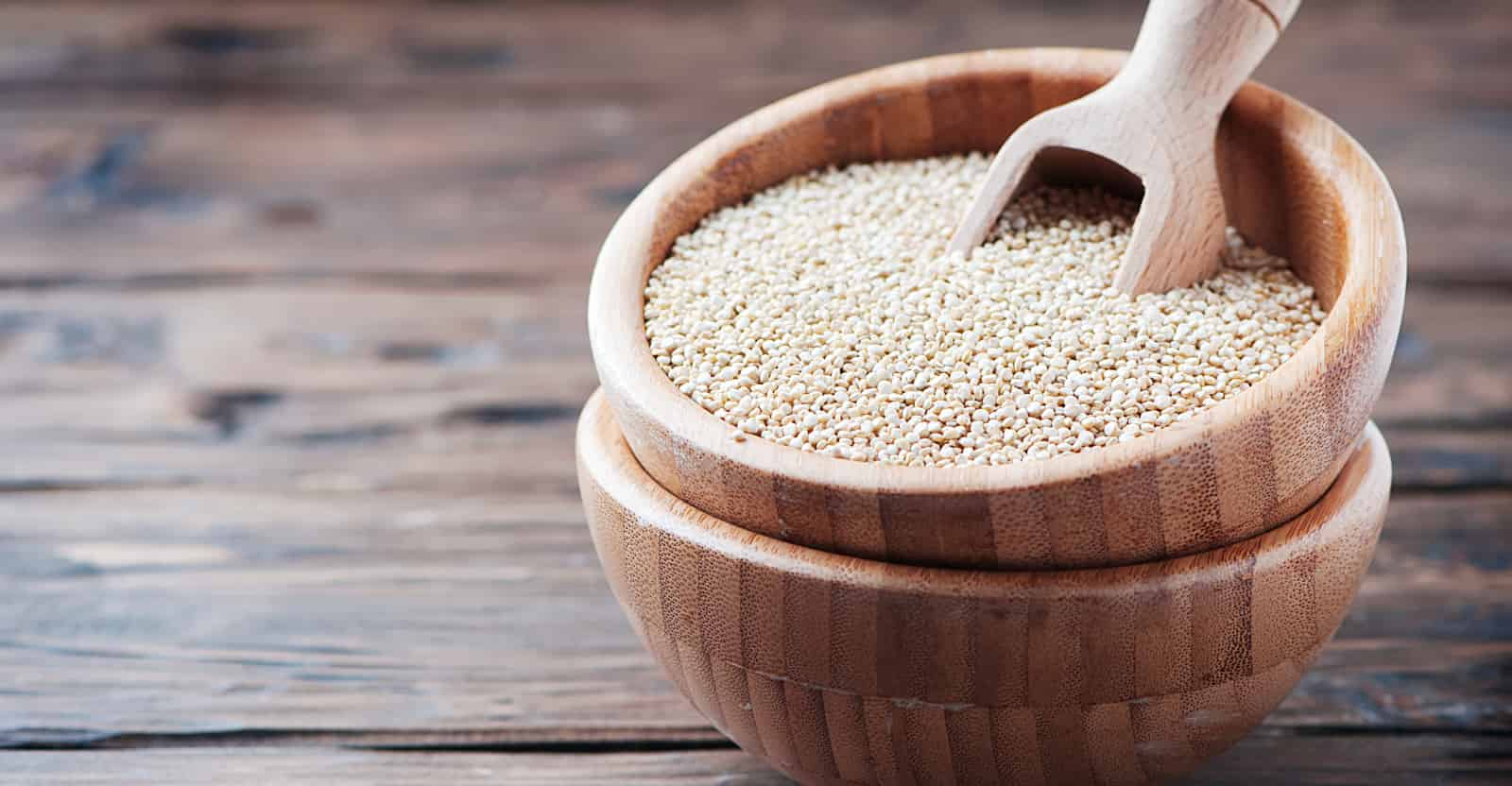
What is the Glycemic Index of Quinoa? No Gluten
Quinoa and the Glycemic Index. The glycemic index, or GI, is a rating system that shows the impact of carbohydrate-containing foods on blood sugar compared to pure glucose. Glucose, which significantly spikes blood sugar, has a GI score of 100. Using a scale of zero to 100, GI scores are separated into three groups — low, moderate, and high.
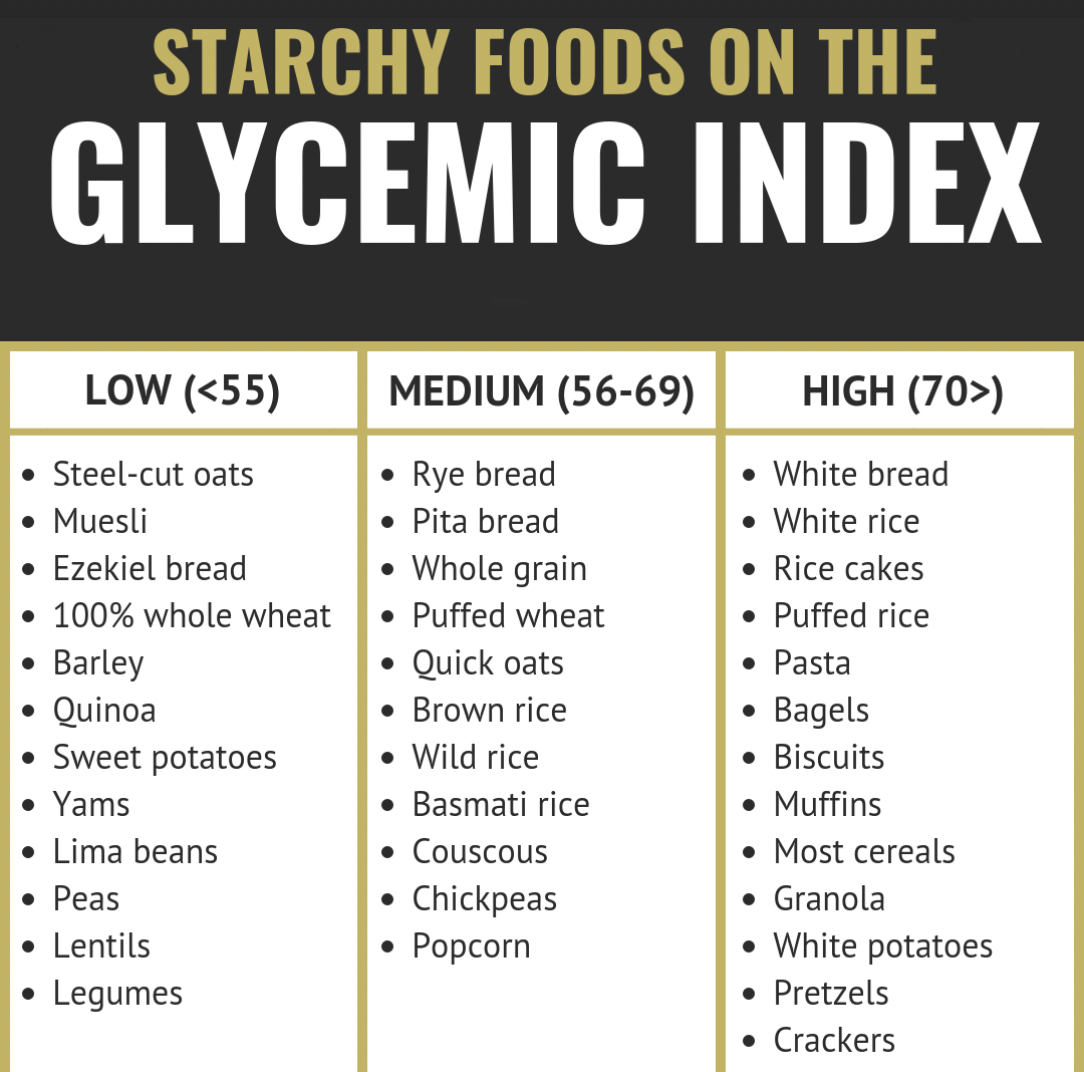
Quinoa Vs Rice Is Quinoa Really Better Than Rice? Wirally
Nutrition facts. Cooked quinoa comprises 21% carbohydrates, 14.6% protein, and 14.2% fat. One cup (185 grams) of cooked quinoa contains 222 calories. The nutrition facts for 3.5 ounces (100 grams.

Quinoa GLYCEMIC INDEX based on test from Australia
The formula used for the GL calculation: the GI of the food x available carbohydrates per serving (g) / 100. A glycemic load value above 20 is considered high, while values in the range of 11 to 19 are considered medium. The glycemic index of quinoa is 53, and the glycemic load is 18. Moderate amounts of quinoa consumption can be recommended.
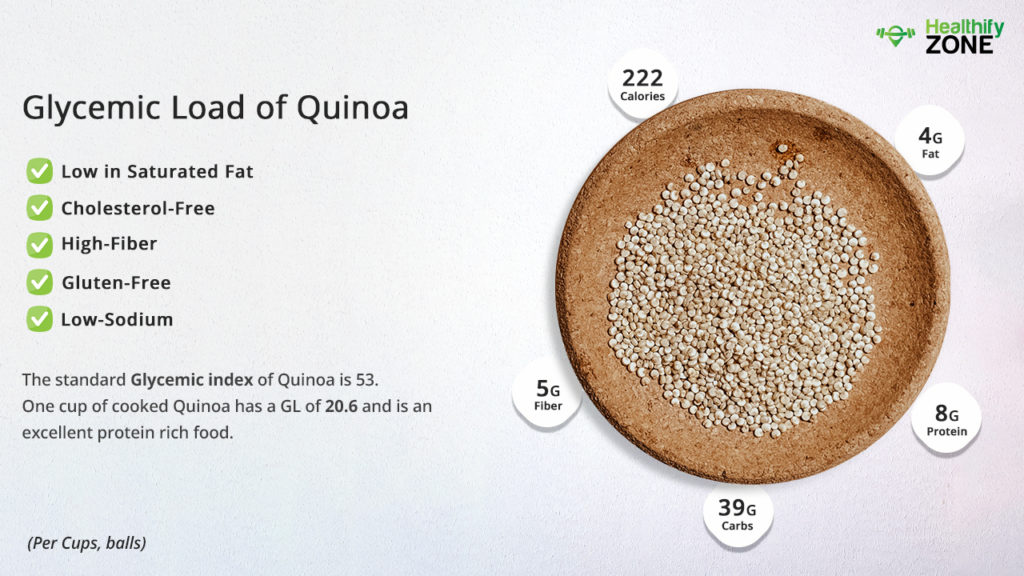
Glycemic Load of Quinoa Is Quinoa High in Sugar?
Though there are around 120 different varieties of quinoa available today, the most popular and commonly sold types are red, white and black quinoa. This product has an average glycemic index of 53, based on a 150-gram serving or 1 cup of freshly cooked quinoa. The portion also contains 32 grams of carbohydrates and 1 gram of sugar.

(PDF) Glycemic index profiling of germinated quinoa (Chenopodium quinoa wild)
The glycemic load (GL) of quinoa is equal to 7.3, which classifies it as a low GL food. 100 grams of quinoa (cooked) contain 120 kcal (502 kJ), 4.4 grams of proteins, 21.0 grams of carbohydrates, and 1.9 grams of fats. Quinoa is a nutritious grain that has gained popularity in recent years due to its high protein and fiber content.

Red Quinoa GLYCEMIC INDEX based on test from Australia
A Quinoa (főtt) 100 grammjának átlagos kalóriatartalma 120 kcal, fehérjetartalma 4.4 gramm, zsírtartalma: 1.9 gramm, szénhidráttartalma (ch tartalma) 18.5 gramm. A szénhidráttartalom az oldalon esetenként ch, ill. ch tartalom rövidítéssel szerepel. Az oldalon szereplő valamennyi adat ellenőrzött és hiteles forrásból számazik.

Glycemic Load vs Glycemic Index Glycemic Load Table
Low glycemic index (GI of 55 or less): Most fruits and vegetables, beans, minimally processed grains, pasta, low-fat dairy foods, and nuts. Moderate glycemic index (GI 56 to 69): White and sweet potatoes, corn, white rice, couscous, breakfast cereals such as Cream of Wheat and Mini Wheats. High glycemic index (GI of 70 or higher): White bread.

Learn why quinoa is a superfood. Quinoa health benefits, Quinoa benefits, How to eat better
But not all carbs are equal. Quinoa is considered a whole grain, which is better for you than refined grains like white flour. Quinoa has a glycemic index of 53, which is a measure of how quickly.

Quinoa & the Glycemic Index
Quinoa shines in the glycemic arena. With a low to moderate GI ranging from 53 to 68, it boasts a slower and more gradual impact on blood sugar levels. The glycemic load of quinoa is also relatively low, indicating that it can be a sensible choice for individuals mindful of their blood sugar.
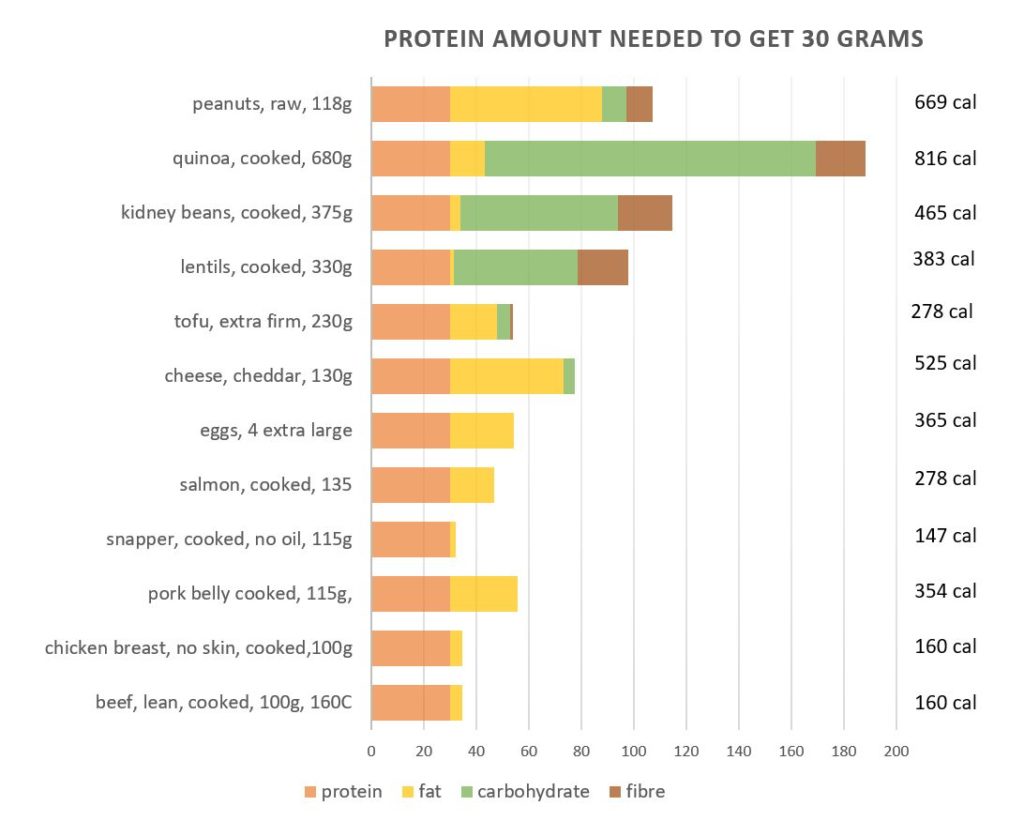
glycemic index quinoa
Many research and review articles have been published on the nutritional and bioactive components of quinoa grains [18,19,20,21].However, only a few research articles on quinoa greens are available regarding their nutritional and phytochemical composition and human health benefits (Table 1).Furthermore, most research has been conducted in Europe and Asia, whereas only a few investigations have.